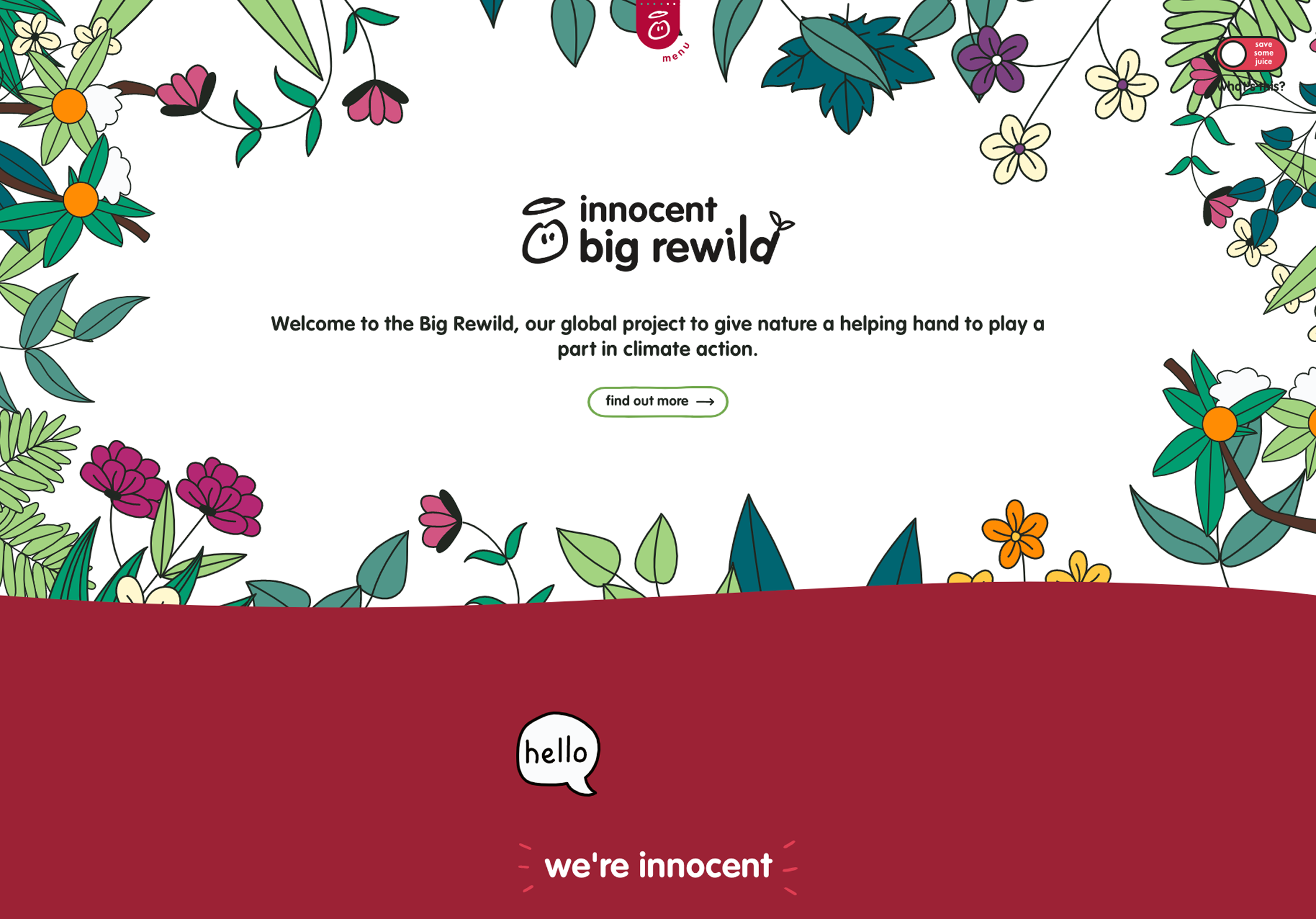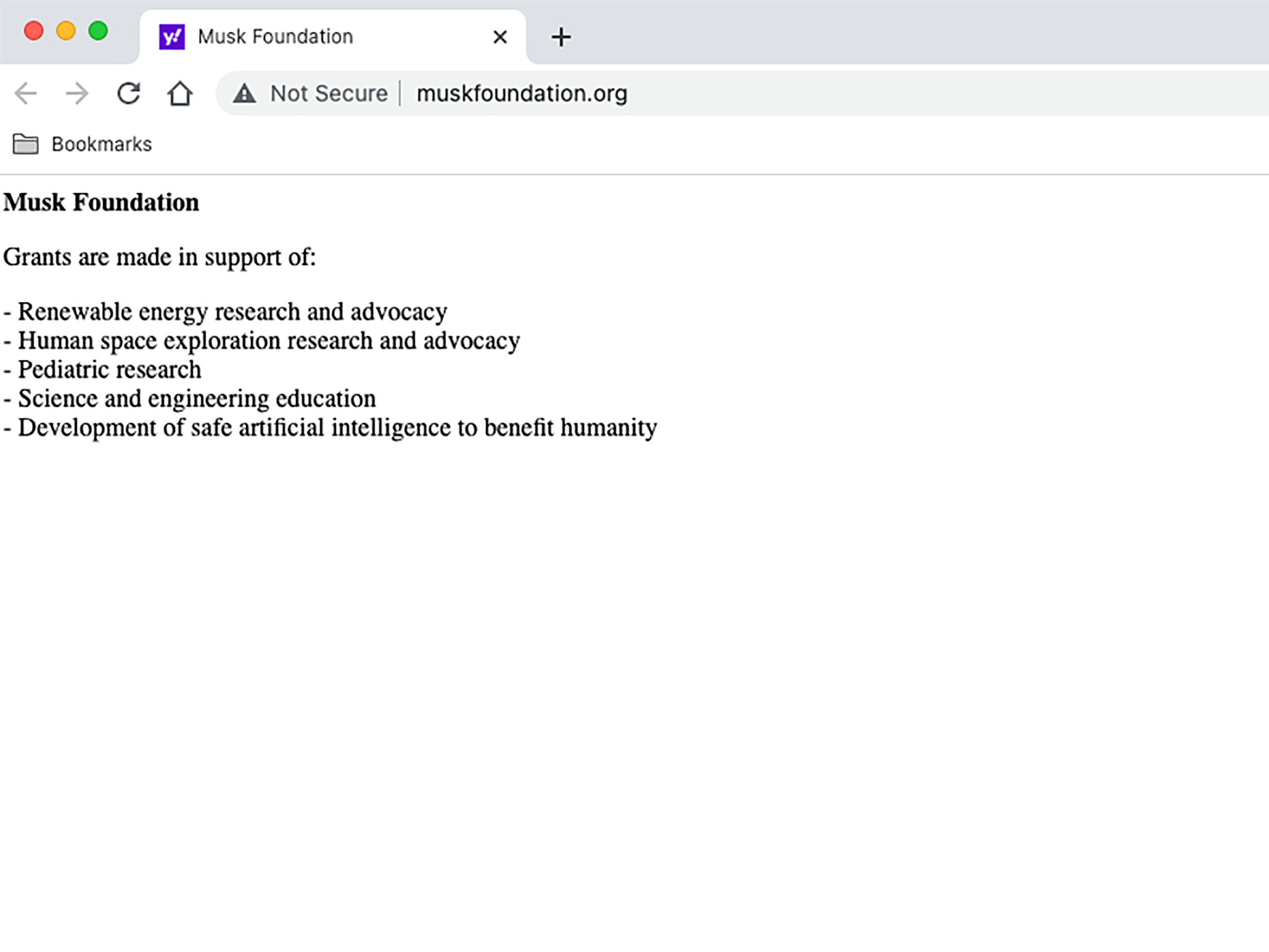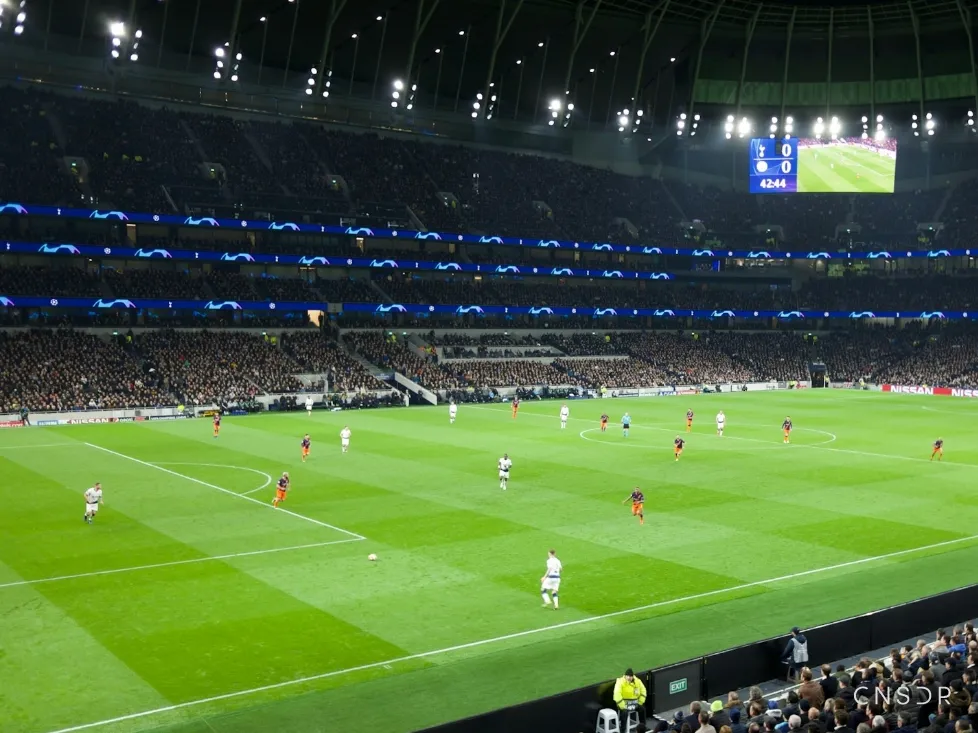
Lots of us consider our carbon footprint when it comes to food and travel. But have you ever considered the environmental impact of your digital behaviour?

When you land on the innocent drinks website, you’re greeted by a jaunty little button in the top right corner of your screen that says ‘Save some juice’.
Click it, and the images and animations disappear and the colours turn muted as if someone has dimmed the lights.
So, what’s that funny little button all about?
The answer might surprise you.
The internet’s dirty secret
How much electricity does the internet use?
Answer: a lot.
It’s estimated that the internet uses 416.2TWh of electricity per year — more electricity than the whole of the United Kingdom consumes in a year.
And where there’s electricity consumption, carbon emissions often follow.
Think about how much more complex websites have become in recent years with more and more videos, animations and ads. Each new element requires more data to be stored, processed, transferred and displayed.
Added to this, we need to take account of the fact that internet usage has grown hugely in recent years.
The COVID-19 global pandemic — with its lockdowns and associated need to interact remotely — only accelerated our move to digital forms of communication. And while some of us have gone back to our old ‘real life’ way of operating, many have decided to stick with at least some of the new behaviours we were forced to adopt during the pandemic, from online shopping to collaborative working.
In fact, the internet accounts for almost 4% of global carbon emissions — roughly the same as the aviation industry — and it’s predicted to double in the next four years.
“The internet is essentially the largest coal-fired machine on the entire planet.”
Jack Amend – co-founder of Web Neutral Project
“The internet is essentially the largest coal-fired machine on the entire planet.” So says Jack Amend, the co-founder of Web Neutral Project, an organisation that helps tackle websites’ carbon footprints, in this article Your website is killing the planet on wired.co.uk.
Sustainable web design: the answer to the internet’s carbon problem?
While the scale of the problem can feel overwhelming, the good news is that there are practical changes we can make to our websites to help move things in a better direction.
But sustainable web design can require a radical overhaul of some of our traditional approaches to digital marketing and design.
The Sustainable Web Manifesto, lists six core principles behind building sustainable websites, including that they should be:
- Clean: powered by renewable energy
- Efficient: use the least amount of energy possible
- Honest: do not mislead or exploit users (see our blog on deceptive design).
What does this mean in practice?
In the words of legendary German designer Dieter Rams, when it comes to low carbon web design, “Good design is as little design as possible”.
As innocent’s website reveals, some obvious things that reduce the carbon footprint of a website are reducing the number of images and animations, and using a darker colour palette (paler colours use more energy because our screens have to emit more light).
Another (perhaps less obvious) thing you can do to make your website more sustainable is to ensure its search engine optimisation (SEO) is up to scratch.
A by-product of a website that performs well in search — that is, one that is well structured, with carefully curated content, and clear navigation and copywriting — is that it also helps your audience complete their task quickly, saving energy along the way by avoiding the unnecessary transfer and display of superfluous content/data.
Sustainable web design is an opportunity to make your users happy and reduce your carbon footprint.
How can a sustainable website benefit your business?
It turns out that making things easier for your audience and reducing your carbon footprint can also help you grow a sustainable business — because websites that are a delight to use and respect their customers’ data are websites that win new customers and retain customer loyalty.
Trust is one of the hardest things to win on the internet — and one of the easiest things to lose.
If you can demonstrate to your audience that you respect their time and data, you’ll have a chance to stand out from the crowd.
Added to that, as more people become more aware of climate and sustainability issues, businesses have a real opportunity to set themselves apart as principled brands that really value “people, planet and profit — in that order” (to quote Mary Portas).
Another small but not insignificant benefit is that sustainable websites can be cheaper to run. If you build a lean website, with small file sizes and requiring minimal processing power, you simply need to spend less money on high-powered hosting.
Sustainable websites: the good, the bad … and the ugly?
So, does that mean your website has to look like the Musk Foundation’s (below)?

The world’s lowest carbon website?: www.muskfoundation.org
Are we faced with a return to a 1990s web aesthetic if we want to reduce our website’s carbon footprint?
Not at all.
As the innocent drinks website demonstrates, low-carbon websites can be not only beautiful, but creative, too.
innocent has even managed to use their website’s ‘sustainable mode’ as an opportunity to showcase their famously playful brand voice, transforming something that could be seen as a bit dour and worthy into a fun and intriguing feature.
The challenges of sustainable web design
Creating sustainable websites requires careful consideration of the tradeoffs between aesthetics, functionality and efficiency.
Low-carbon web design also needs technical insight and a lot of rigorous thinking about which features add genuine value to a website’s users.
As so often with design, the simpler and more elegant the end result, the more thought and skill is required to achieve it.
But small changes really do make a big difference, especially as more and more of our lives are lived online.
So whether you’re worried about the climate or your bottom line, you can’t afford to ignore sustainability issues when it comes to your online presence.
Get in touch to find out how we can help you through the process of designing and creating a sustainable website.
Ready for a conversation?


